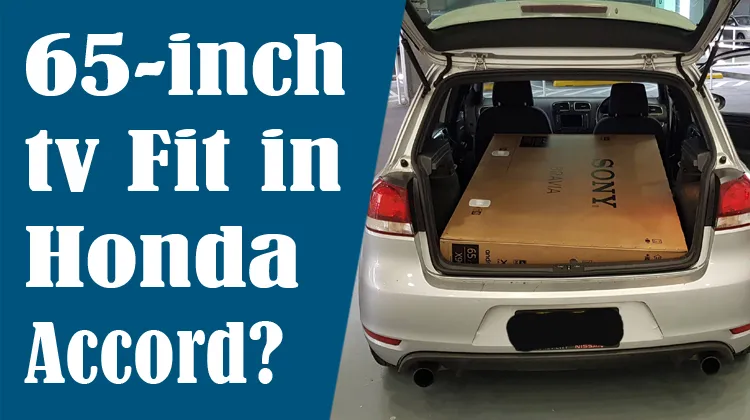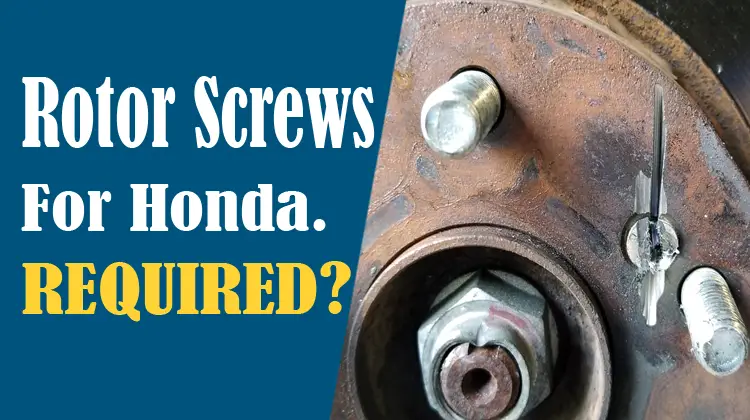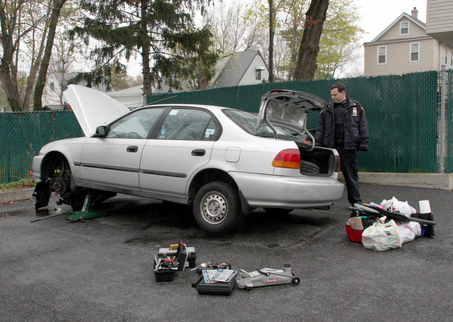An automatic transmission is a type of motor vehicle transmission that can automatically change gear ratios as the vehicle moves, freeing the driver from having to shift gears manually. Most modern vehicles with automatic transmissions use a planetary gear set, which consists of three parts: the sun gear, carrier assembly, and ring gear. The sun gear is located in the center of the planetary gear set and does not rotate.
D3 2 1 in Automatic Transmission is a type of gearbox that is commonly used in vehicles. It is made up of three different parts; the first part consists of the transmission, which helps to change gears and speeds. The second part is the differential, which helps to distribute power to the wheels. The third and final part is the converter, which helps to convert engine power into torque.
What Happens if you Shift Gear from D to 3,2 L while Driving an Automatic Car
D3 2 1 in an automatic transmission is a gear ratio that is used when the car is shifting from third to second gear. This gear ratio allows for a smoother transition between the two gears, and it also helps to improve fuel economy.
What Does D3 2 And 1 in a Car Mean?
The D3 designation on a car means that it is a rear-wheel drive vehicle with a six-cylinder engine. The 2 and 1 represent the number of doors and seats, respectively. So, a D3 2+2 would be a four-door sedan with six seats.
What are the 3 2 And 1 for an Automatic Car?
If you’re new to driving or are considering purchasing an automatic car, you may be wondering what the 3-2-1 downshift pattern is for. Essentially, this pattern is used when slowing down or coming to a stop and ensures that your vehicle’s engine braking is properly applied. Here’s a quick breakdown of how it works:
When you take your foot off the gas pedal and begin to brake, the car’s transmission will automatically shift into a lower gear. This helps to slow the vehicle down while also providing engine braking (which occurs when the engine slows the wheels rather than the brakes). The 3-2-1 pattern simply refers to shifting gears in this sequence as you come to a stop.
So, when should you use 3-2-1? Generally speaking, it’s best to use this pattern whenever you’re coming to a complete stop – such as at a stop light or sign. This will help keep your car from lurching forward as it comes to a halt and makes for a smoother overall ride.
Of course, there may be times when you don’t need to use 3-2-1 (or any other specific downshift pattern). For instance, if you’re already in first gear and going very slowly (<5 mph), there’s no need to shift down – just let off the gas and brake as usual. In short, using 3-2-1 is really only necessary when coming to a complete stop from higher speeds.
Hopefully, this clears things up! If not, feel free to reach out with additional questions.
When Should I Use D3 Gear in Automatic Transmission?
When you’re driving a car with an automatic transmission, there are three options for gear selection: D, N, and R. Most of the time, you’ll want to keep your transmission in “D” while driving. This is the gear that provides the best fuel economy and performance for most driving conditions. However, there are some situations where it’s beneficial to switch to one of the other gears.
If you’re going to be doing a lot of stop-and-go city driving, it’s best to select “N.” This will help prevent your transmission from getting overworked. In this type of driving, shifting between gears can put a lot of strain on your transmission.
By selecting “N,” you’ll avoid that strain and hopefully extend the life of your transmission. There may also be times when you need extra power for accelerating or climbing hills. In these situations, you can shift into “R” to get a boost.
Just be sure not to use this gear for extended periods of time, as it can cause wear and tear on your engine and brakes. So, when should you use D3 gear in an automatic transmission? Generally speaking, it’s best to stick with “D” unless you’re doing a lot of stop-and-go driving or need extra power for acceleration.
By following these guidelines, you can help ensure that your car runs smoothly and lasts for many years to come.
Can You Shift from D to 2 While Driving?
No, you cannot shift from D to 2 while driving. Doing so will damage the transmission and cause other problems.
Conclusion
In a car with an automatic transmission, the D3 2 1 setting is used when driving downhill. This setting helps to prevent the engine from overrevving and prevents the car from rolling back.





